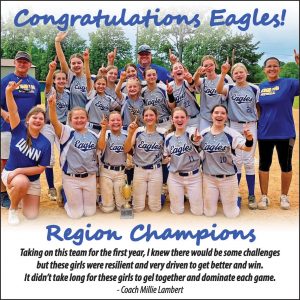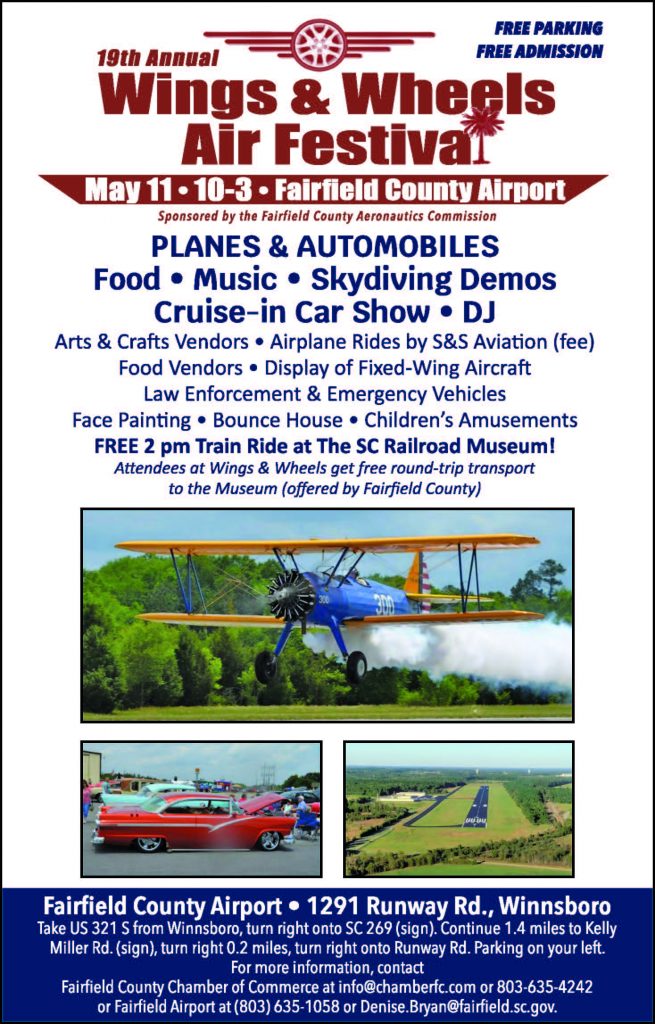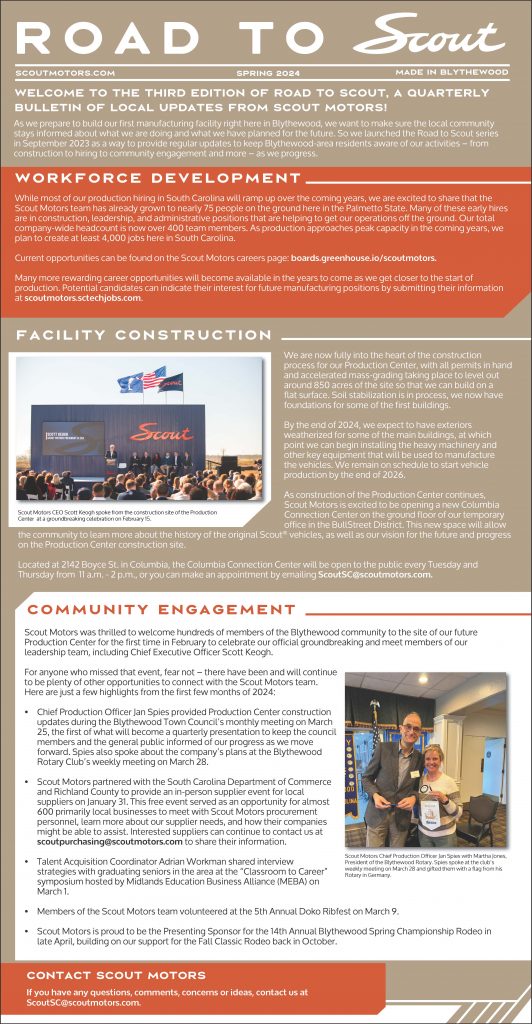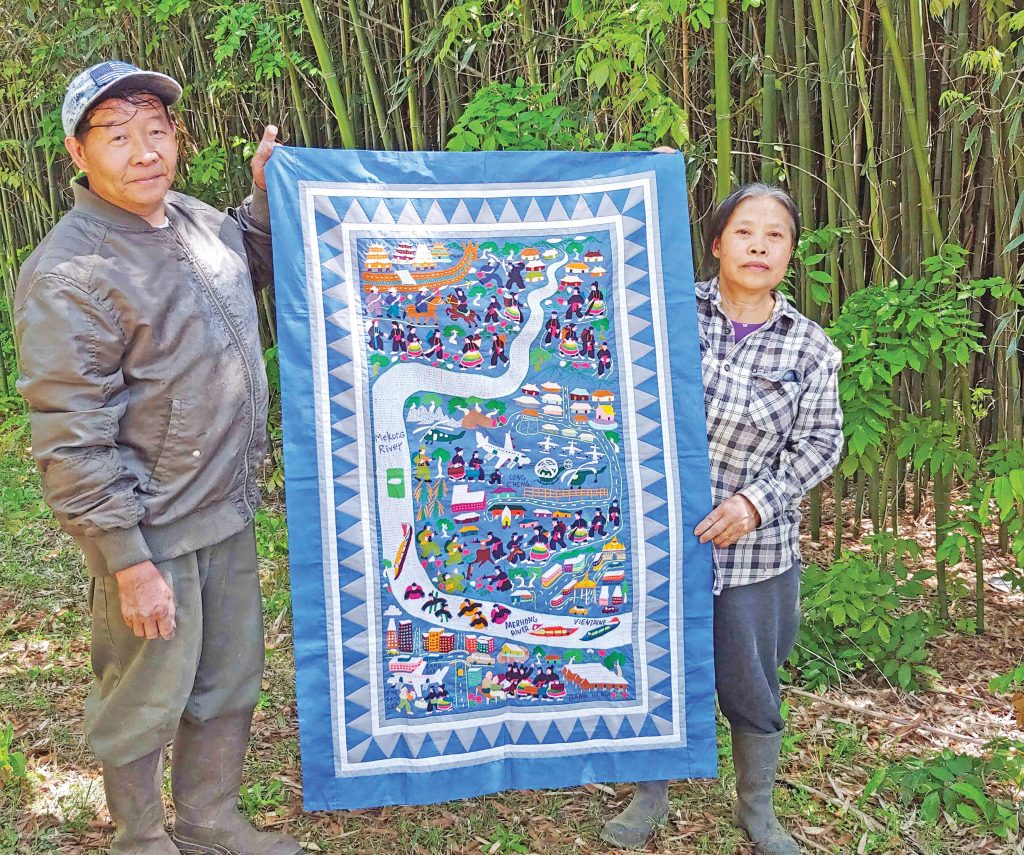
WINNSBORO – Having studied in Italy during my youth, I have always been fascinated with people from other places. That fascination has been further imprinted on my heart by the humility and gratitude I have witnessed in immigrants for their new country.
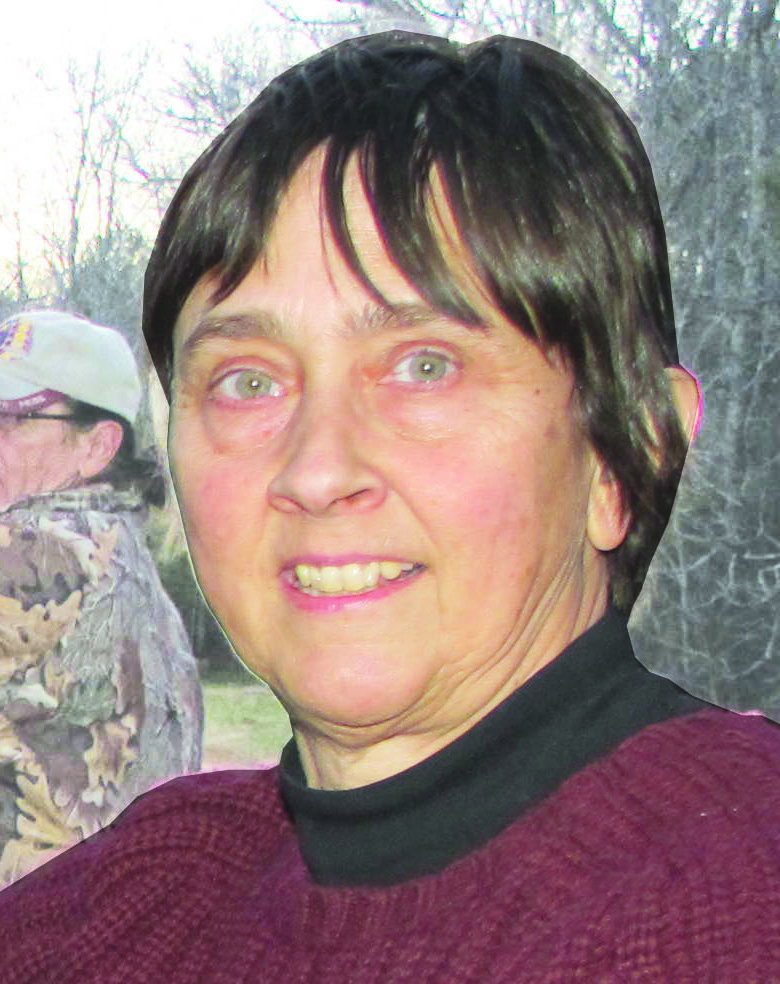
I’ve always felt the immigrants I have met and known deserve the opportunity to become Americans and to contribute to the beautiful mosaic of our multicultural homeland.
One spring day in 2018, as I was standing on the front porch of the home Val and I lived in on Salem Crossroads, an Asian couple drove past, slowed down, and stopped. They asked in broken English for permission to cut some shoots from a thicket of cane that was taking over our front yard. I told them that I would welcome them to if they would tell me how I could harvest and prepare the shoots for my own use.
This was the beginning of a long friendship with Ka and Page Vang and their son of Valdese, N.C. who, for many years, returned to our property in the spring to harvest bamboo shoots.
Each spring Ka would call me and ask if they could come to our cane patch on a particular day, and they would show up in their old pickup truck which they would fill with the bags of shoots they cut from our overgrown stand of rivercane bamboo. It was a help to us to have fewer sprouts invading the yard.
The Vangs would take the harvest back to NC where they processed and canned the shoots. They would bring us jars of preserved shoots and other traditional foods such as banana-leaf wrapped sticky rice. They were always demonstrably grateful to us and would, on each trip, spend the whole day with machetes thinning out our thicket of overgrown cane.
Their son spoke English very well, and he would sometimes tell me about the history of the Hmong people who had immigrated to America from the time of the Cold War through the closing of US involvement in Vietnam.
With their son interpreting, the parents also told me the story of how they and the other mountain people had migrated down from China into the Cambodian forests and were subject to persecution by the Viet Cong for their having supported American troops.
The last spring that I lived there, Page presented me with a wonderful story quilt that she had made by hand and embroidered for me.
In the colorful needlework, she traced the migration of their people through Cambodia while being pursued by the Viet Cong.
She showed me the scars from bullets that had strayed across her arm as she and her family had fled through the jungles to get to Thailand. There, American military planes and helicopters could take them to safety.
Concerned about a Communist takeover of Indochina, the United States, they said, had engaged in a CIA-led ground operation in Laos from the early 1960s to 1975. They said that because the Americans believed the Hmong had exceptional combat skills, they made up most of the U.S. military’s manpower in this effort.
Because of their role in the U.S.-led war in Laos, approximately 90 percent of Hmong refugees were resettled to the United States. By now thousands of Hmong have settled in areas of California, Minnesota, Wisconsin, as well as other small communities like the one in Valdese, N.C., where the Vangs live.
When the Vangs called me this past spring, I was sad to have to tell them that I no longer live on the Salem Crossroads property – that I had moved away to my own farm.
But I will always value The Vang family, the story-telling quilt they made for me, and I cherish the friendship we shared for those many years.
Pelham Lyles is the Director of the Fairfield County Museum.



